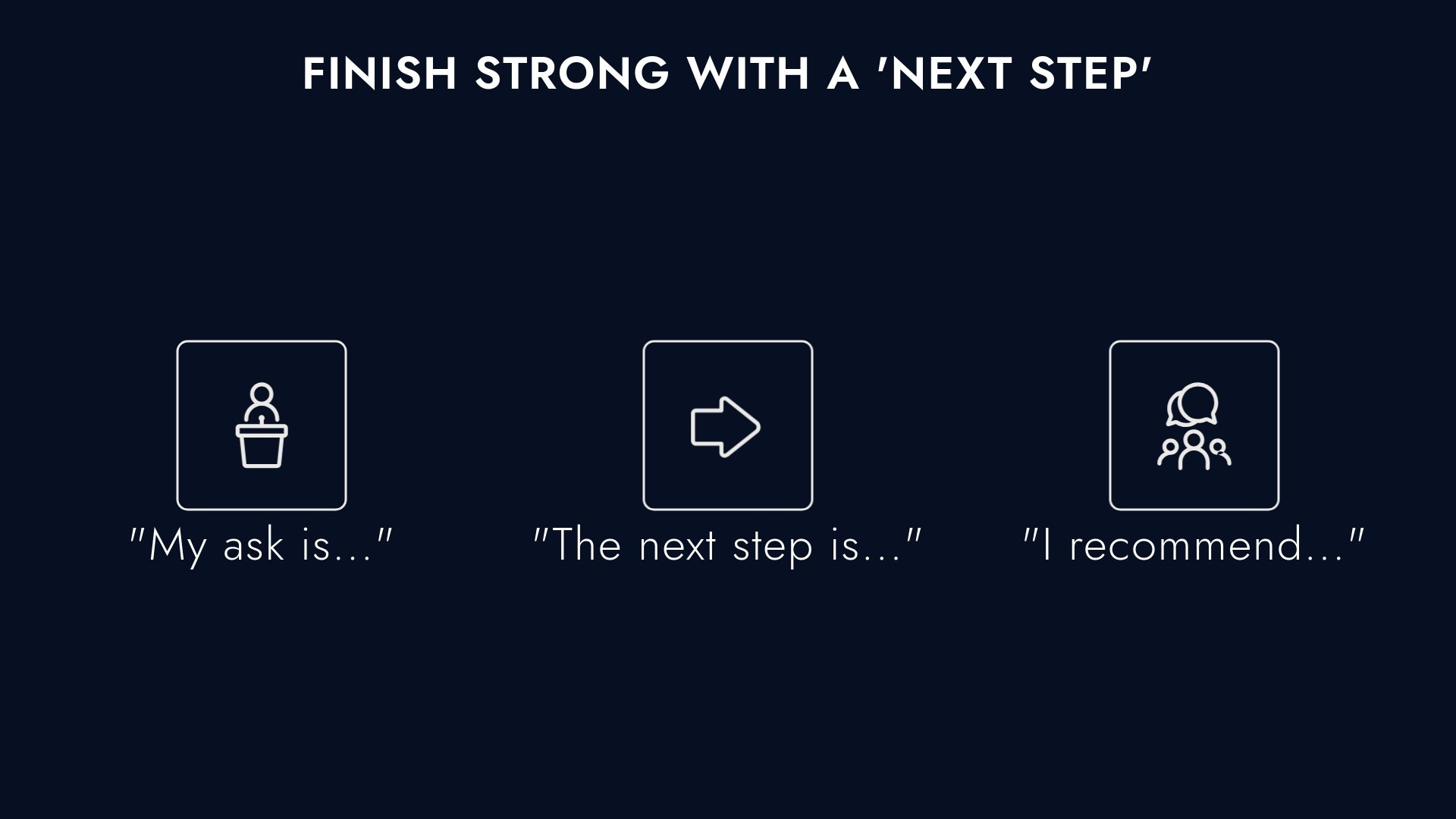Why is it important to “start strong” in public speaking? I asked my friend, Grace Chang, PhD,, for insight. Grace earned her PhD in cognitive neuroscience and leads learning research initiatives at EY.
“Mimi, just as magpies are drawn to shiny objects, our brains pay more attention to "shiny" things, e.g., something novel, interesting, or important to the individual. In a world where we are constantly bombarded by information competing for our brain's limited attention, capturing our audience's attention from the start is more important than ever.
When we begin a presentation with information that’s new and interesting, we immediately engage the brain's attentional resources, capitalizing on the brief window when your audience is most focused. Quickly capturing their attention makes it more likely that they will continue to listen.
There are additional benefits. A strong opening sets up a cognitive framework that helps your audience organize and understand the information that follows. This helps them grasp your material. Also, the "primacy effect," well-documented through research, indicates that people place more importance on and are more likely to remember information they encounter first. As a result, this early information not only influences your audience's impression of your message, it has a lasting impact, sticking with them long after the conclusion of your article or presentation.
When you present the key point at the beginning, you align your message with the natural preferences of the human mind. It’s essentially brain-friendly storytelling, and your audience will thank you for this!”




